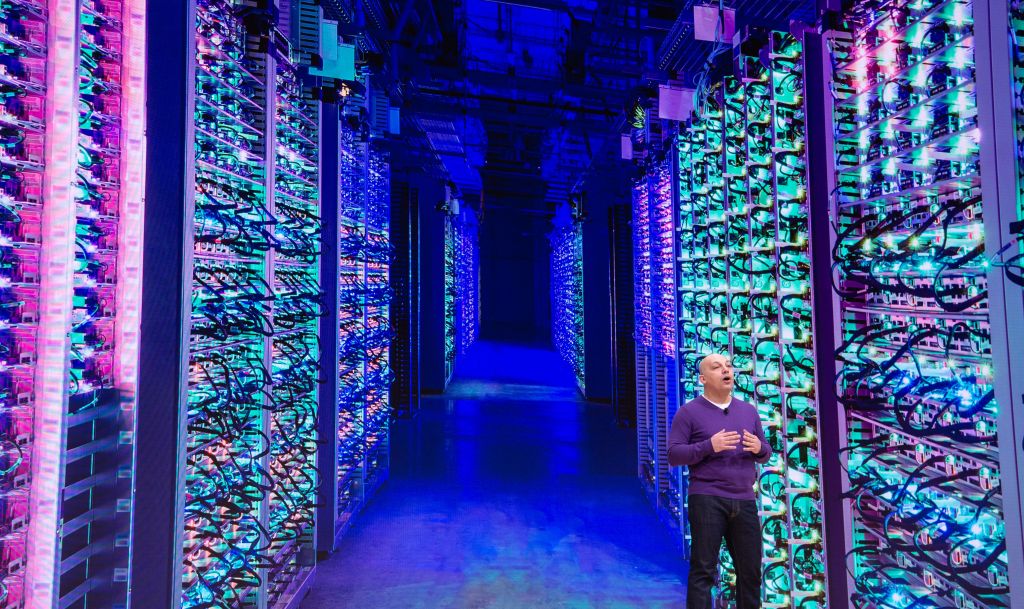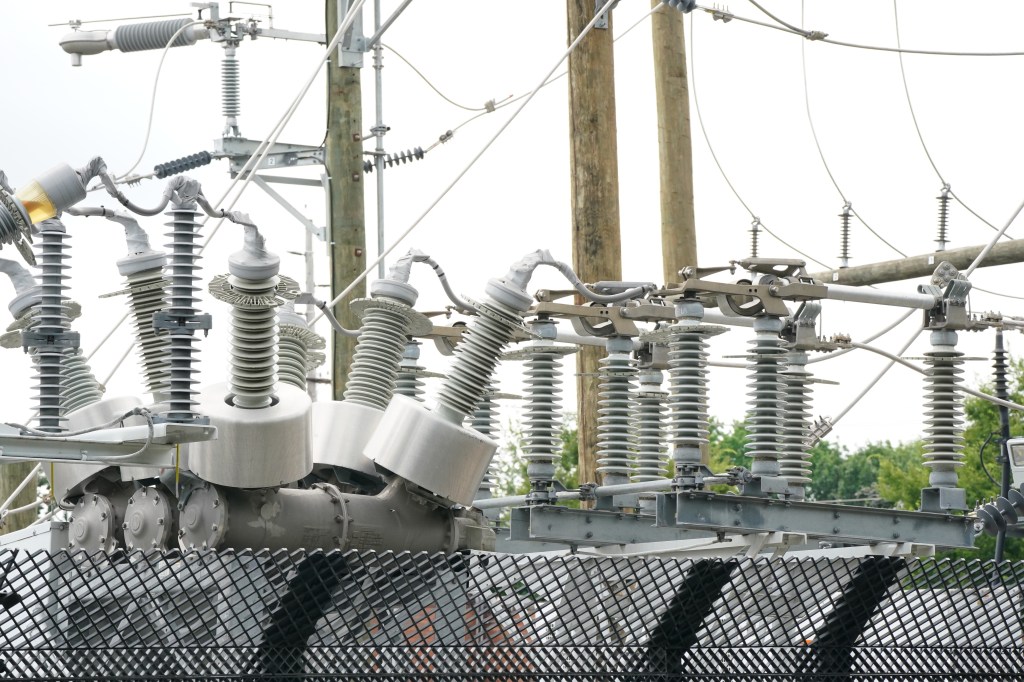Summer always increases electricity bills, as more people use electricity for air conditioning. But there’s another issue popping up this year: Not AC, but AI.
Households are now competing against power-hungry computer data centers from the likes of Amazon, Google, Meta and Microsoft put strain on the grid to power new artificial intelligence projects.
Add in the fact that New York and New Jersey have both shut down nuclear power and pursued expensive green mandates, and customers are seeing a big strain on their wallets.
“It went from $174 in June to more than $300 in July, I was floored,” Clark, New Jersey mother-of-two Lisa Marinez, told The Post.


Marinez had been told to expect an increase of only 17% from her provider, New Jersey’s Public Service Electric & Gas.
“My bills had been consistent before then. My house hasn’t changed square footage and we use the same amount of energy every year,” she added.
Electricity is all based on supply and demand, and so is the cost.
“[The utility companies] basically run a stock market for electricity,” Abe Silverman, assistant research scholar at Ralph O’Connor Sustaining Energy Institute at John Hopkins University, told The Post.
Power gets sold on an open market with prices reflecting demand, he continued, “Now, all of sudden, we have data centers coming in and buying up a lot of the supply.”


According to Bloomberg, the rapid adoption of AI means data centers – the huge, warehouse sized banks of computer servers and hardware where users’ requests are processed — are becoming enormous energy users, far outpacing electric vehicles and other sectors in power demand growth.
But generating more electricity isn’t easy and supply can’t increase quickly enough to accommodate the rapid rise in demand.
“Building a new power plant takes a long time, often five to ten years, and billions-of-dollars of investment,” Silverman noted.
In response Amazon is investing in excess of $500 million in nuclear power it can use. Google is purchasing power from a nuclear developer, while an energy company is revving up Three Mile Island on behalf of Microsoft.

That doesn’t help people like Marinez and her family in the short term.
“I work, my husband works and we’re struggling,” she said. “But God forbid I don’t pay. They will turn it off.”
On the Facebook page she moderates, others in her area have aired similar grievances and concerns. “Didn’t get my bill yet, but I am afraid,” one person posted. Another said, “Our bill went up 20% over last year, using less.”

A representative from PSE&G told The Post they “work hard to keep customer bills as low as possible while providing safe and reliable energy. We understand that any increase can be a challenge, and we are here to help.”
Last week, New York’s Public Commission voted on National Grid’s bid to raise gas and electric rates for upstate New York customers. Syracuse.com reported that within three years gas and electricity will rise by some $600 annually on average for households.
At the same time, New York State Electric and Gas Company has said it will charge 23.7% more than it currently does to homes.
“People on fixed incomes can’t afford to pay anything but the electricity bill,” Karen Hoover, a Broome County resident, told the Sullivan County Democrat newspaper.
“When it comes down to making a choice whether it’s food or electric, the electric gets paid . . . We can’t afford another rate hike. The bills are astronomical now,” she added.
Silverman says there are two solutions to protect consumers. One would be to apply tariffs to data centers. The second would be more severe, and involve taking data centers “out of the regional market and instead be made to go procure energy on their own.”
The post How AI data centers are leading to big electricity bills in NY and NJ — and who’s being hit hardest appeared first on New York Post.




